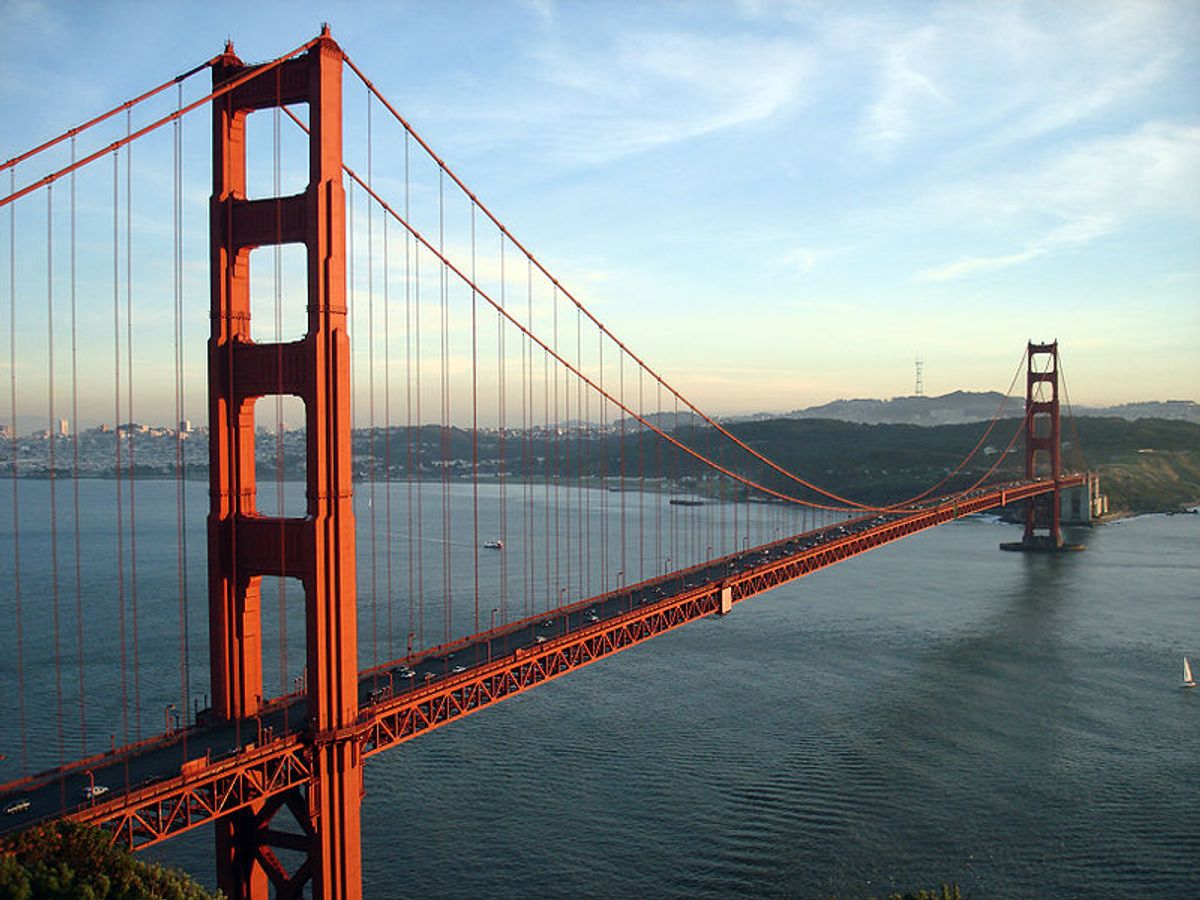The New York Times this week reported that oceanographers believe "developed low-lying shorelines" such as San Francisco's Embarcadero face "a possible rise of 14 inches in sea level by 2050" -- just under 40 years from now.
It's not uncommon to read scientists' predictions about rising sea levels and the crises they could cause. But to many non-scientists, the practical consequences of such climate alterations are fuzzy. If the oceanographers cited in the Times are correct, our own American shores face a transformative alteration in the immediate future. But just how dramatic would a 14-inch sea level rise be? And how would we see its effects in our everyday lives?
Salon spoke to professor Peter Ward, author of "The Flooded Earth: Our Future in a World Without Ice Caps" (whom we've interviewed before), who explained that while a 14-inch sea level rise is frightening enough on its own, it's the specter of a resulting "storm surge" -- and the failure of many local authorities to plan effectively for the future -- that actually worries him the most.
"A 14-inch rise isn't so bad" on its own, Ward argues, "but it's the 14-inch rise that now is the new starting point for the storm surge" that's truly worrying. Says Ward: "Storm surge is a big deal. It comes into play when you have that nasty once-in-a-century -- or once in every 10 years, now -- storm that hits and erodes a cliff. If you look at it that way, that 14 inches is going to be really catastrophic.
"At least in my state [Washington], most of the railways are right next to the beautiful salt water -- and the highways, everything is built at sea level. The 14 inches will be the new jump-off point for storm surge. With those once-in-a-while storms, it's the level that they start from that is so critical."
Our ancestors didn't take these future sea-level changes into consideration when they built railways, highways and airports near the coast because "they believed the earth is totally unchanging." Indeed, we need to learn from that mistake, he warns; rather than reassuring ourselves that this is a dramatic but one-time rise, we need to recognize that a 14-inch sea level surge is symptomatic of general acceleration.
"We're builing a $3 billion deepwater tunnel in Seattle that is predicated on the fact that sea level will not rise more than 24 inches in the next 100 years," he moans. "I yell at these people that they're completely insane!"
Does he have any words of comfort? "At least California has been thinking about it," he says. By contrast, "Fourteen inches in Bangladesh is an absolute disaster -- a disaster beyond belief." His message: Regional governments -- particularly in coastal danger zones (he singles out Miami Dade County in Florida as one of the most at-risk) -- need to consider the sea rise issue carefully, and plan well. The consequences, and the cost, of not doing so could be dramatic.



Shares